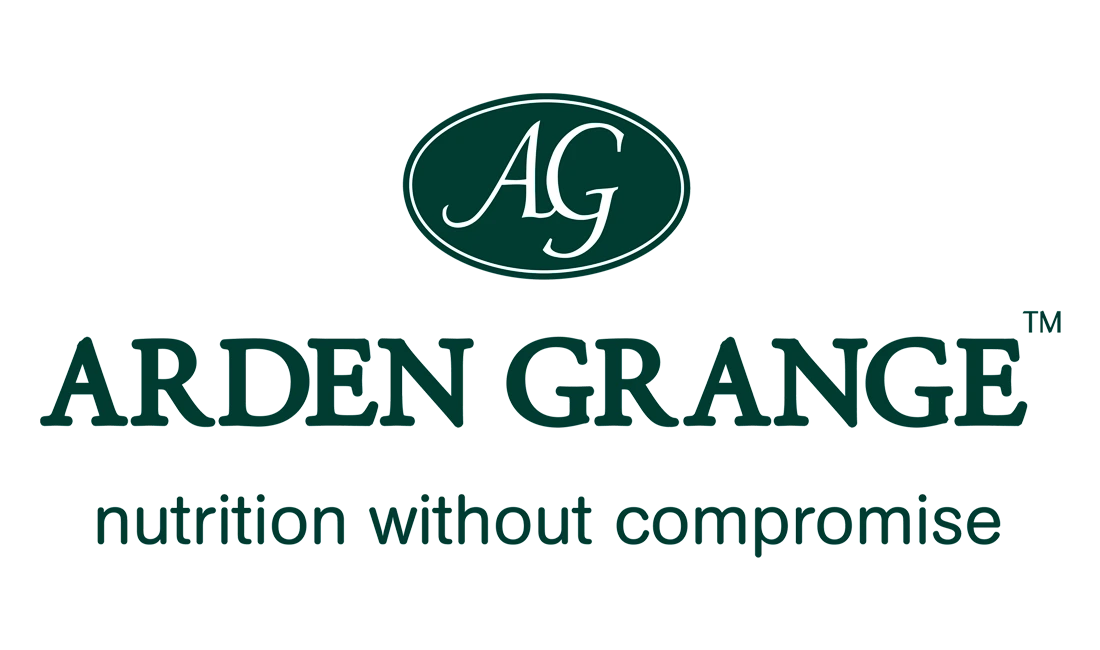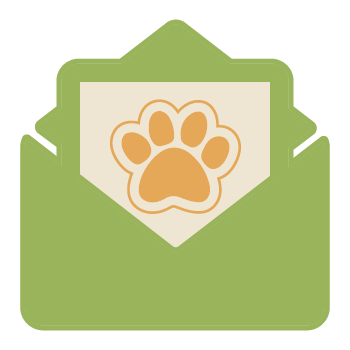Feeding pregnant and lactating queens
Arden Grange Kitten Food is a delicious, energy-dense diet which provides a concentrated source of calories and all the nutrients required during pregnancy and lactation.
This grain and cereal-free recipe contains a high proportion of chicken, providing an excellent amino acid profile that supplies all the building blocks required for the additional structural and functional demands on the body during reproduction. Taurine is naturally present, but also added at 1250 mg/kg. It has many roles and is mandatory for the health of all felines, but is especially important during pregnancy, since deficiency is associated with stillborn and low birth-weight kittens.
Although cats are carnivorous, queens do benefit from dietary carbohydrate for glucose synthesis. Insufficient carbohydrate reduces the lactose level of milk. Arden Grange Kitten Food supplies a moderate level of highly digestible carbohydrate from a grain-free source (potato).
Pregnant queens usually begin to exhibit weight gain and an increased appetite around the second week of gestation. The amount of food received should be gradually increased as the pregnancy progresses, and by the time kittening is due, consumption will be approximately 25-50% more than usual. The amount fed will be dependent on the queen’s appetite, condition and how many kittens she is expecting. A pregnant queen should be fed small, frequent meals at regular intervals or you may prefer to allow free access to her food, allowing her to choose when and how much to eat.
The provision of adequate calories is essential in order to allow sufficient milk production and to help the queen maintain her optimal weight and condition. Fluid intake is also vital for a sufficient volume of milk (which is 78% water). A queen with a large litter or with minimal body energy stores at the time of parturition (birth) has a greater risk of malnourishment during lactation. There is an exceptionally high concentration of protein in queens’ milk, which is why a diet that supplies a generous proportion of a highly digestible source is so important. Litter size is the biggest determinant of the quantity of food required.

- Once the litter is three weeks old, it is sensible to feed the queen separately from the kittens to prevent them from consuming her food.
- Fresh drinking water should always be readily accessible. We would recommend the use of stainless steel, glass or pottery bowls, as plastic can deter cats from drinking.
- By the time the kittens are 6-7 weeks of age, the queen’s food consumption should be less than 50% above her normal maintenance requirements to help reduce her milk production and prepare the kittens to be fully weaned onto solids.
- When feeding Arden Grange Kitten Food, it is important to remember that this is a complete and balanced diet, and vitamin / mineral supplementation is not necessary (nor recommended) unless your vet has diagnosed a specific nutrient deficiency.
- If your queen has a chicken allergy, the Adult Sensitive can be safely fed, but portion sizes will be higher due to these recipes being less calorific than the Arden Grange Kitten Food.
- It is important to monitor the queen’s faecal output, energy levels, appetite, body weight and general condition to ensure she is not being over or undernourished throughout pregnancy and lactation.


 Puppy
Puppy
 Adult
Adult
 Senior
Senior
 Sensitive
Sensitive
 Treats
Treats Kitten
Kitten
 Adult
Adult
 Senior
Senior
 Trusted British Brand
Trusted British Brand

